Blackmagic Design has announced the Blackmagic PYXIS 12K, a compact digital cinema camera featuring a revolutionary 12K full-frame RGBW sensor and 16 stops of dynamic range—the same sensor found in the high-end URSA Cine 12K LF. Priced at $4,995, the PYXIS 12K delivers flagship image quality in a modular, lightweight body. This article explores the camera’s core tech, design, and real-world applications, analyzing its place in the evolving cinema gear landscape.

A New Chapter in Blackmagic’s High-End Playbook
Blackmagic Design has built its reputation by democratizing high-end cinema tools—delivering feature-rich cameras at price points previously unthinkable. With the PYXIS 12K, the company continues this mission, packing the image power of a full-sized cinema camera into a compact, riggable body. This camera is not a gimmick. It’s a serious production tool aimed at cinematographers, commercial shooters, and VFX teams who need maximum resolution, flexibility, and HDR performance—without the footprint of traditional large-body systems.
Since the introduction of the Blackmagic PYXIS 6K, we’ve been working hard to make our amazing RGBW sensor from the URSA Cine available to even more customers. We have redesigned the electronics and processing to be able to handle the massive sensor and we think customers are going to love shooting incredible large format images in 4K, 8K and now 12K. We are really excited to offer this sensor in the flexible PYXIS design that has been so popular with our customers!
Grant Petty, Blackmagic Design CEO
12K Sensor: Beyond the Buzzwords
The core of the PYXIS 12K is a 12,288 x 6480 full-frame RGBW sensor—offering more than just ultra-high resolution. Here’s why it matters:
-
RGBW Pixel Structure: Adding white pixels increases overall luminance sensitivity, improving low-light performance and dynamic range without compromising color integrity.
-
16 Stops of Dynamic Range: This places the PYXIS in elite company—on par with ARRI and RED in terms of highlight retention, shadow detail, and flexibility for HDR mastering, but with a much more affordable price tag.
-
Full Sensor Readout: Capture in full 12K, or use windowed 8K, 6K, or 4K modes for different frame rates and crop factors—ideal for various project needs.
-
Blackmagic RAW: Native internal recording in BRAW means full post-production flexibility, smaller file sizes than ProRes RAW, and seamless integration with DaVinci Resolve.
Simply put, this is a true high-end cinema sensor, now accessible in a small, $5K package.
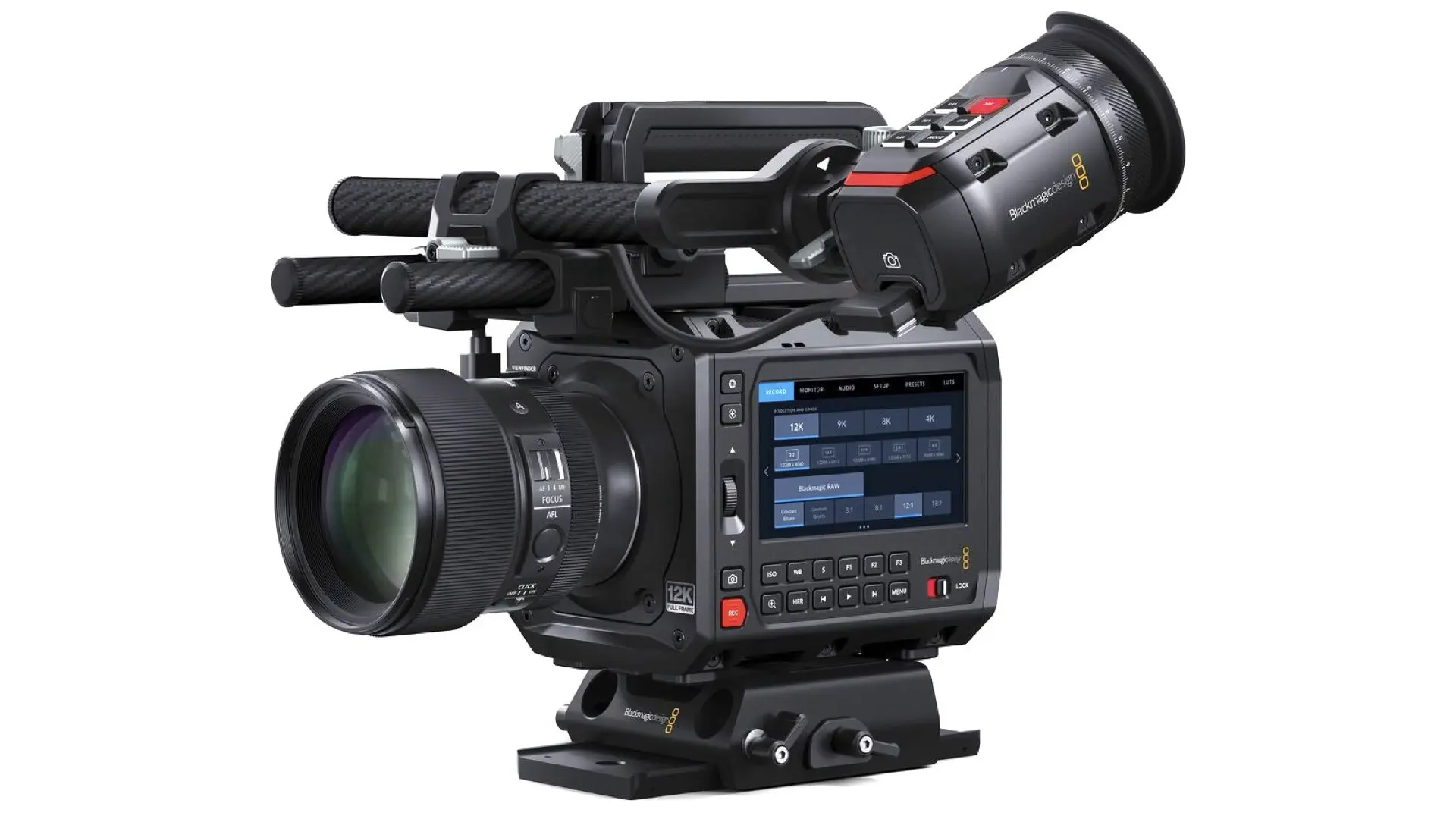
Blackmagic PYXIS models can shoot in all standard resolutions and frame rates from HD up to DCI 4K, 6K, 8K and even 12K. Blackmagic PYXIS 12K features a multi scale sensor with that lets customers shoot in 12K, 8K or 4K at the full sensor size. Shoot up to 40 fps at 12288 x 8040 3:2 open gate or 60 fps at 12288 x 5112 2.4:1 and 112 fps at 4096 x 2160 4K. With the 6K model, customers can shoot up to 36 fps at 6048 x 4032 3:2 open gate or 60 fps at 4096 x 2160 4K DCI.
Blackmagic Design
Designed for the Field, Built for the Studio
The PYXIS 12K isn’t just about specs—it’s about usability. Its aerospace-grade aluminum body weighs in at just 3.5 lbs and measures only 5.5 inches deep, making it ideal for:
-
Drone or gimbal work
-
Tight interiors
-
Car mounts or stunt rigs
-
Handheld or documentary shooting
Mounting options include PL, L-Mount, or Locking EF, providing full flexibility across cinema and photography lenses. A variety of 1/4” and 3/8” threads, optional side/top/base plates, and industry-standard ports allow the camera to be built out to match any workflow.
Blackmagic PYXIS 12K
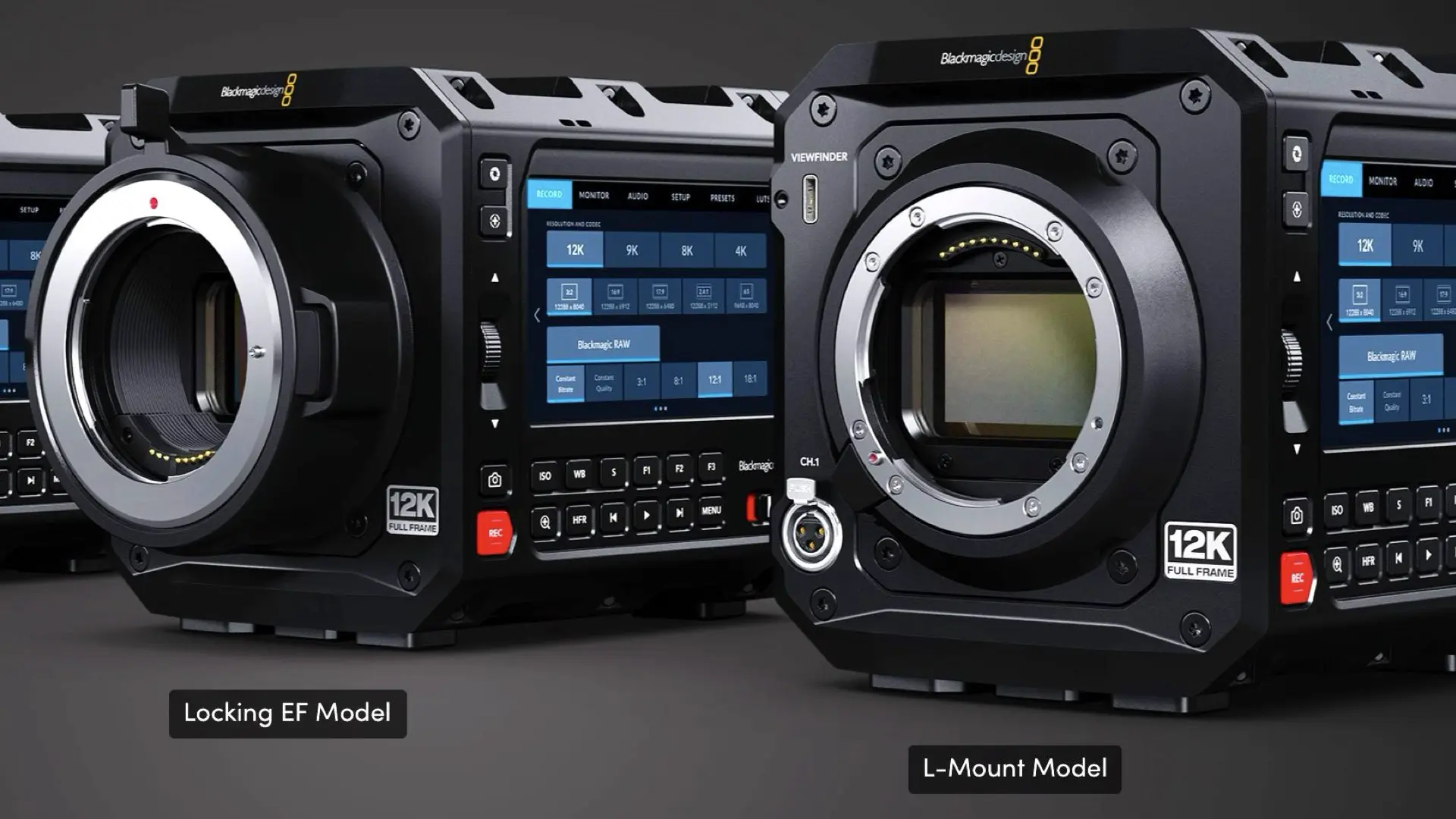
Blackmagic PYXIS Monitor is a versatile 5″ HDR touchscreen monitor with full camera control that can be mounted almost anywhere. It provides the same controls and overlays as PYXIS’ built in LCD, so it’s perfect to use when rigging or accessories block the internal display. Multiple mounting points make it easy to attach on any camera rig and use as a large viewfinder for easier focusing and framing. Or use it as an assist station so crew can frame and monitor shots from any position on set. Plus, the bright 1500 nit display and removable sunshade ensure visibility, even in sunlight.
Blackmagic Design
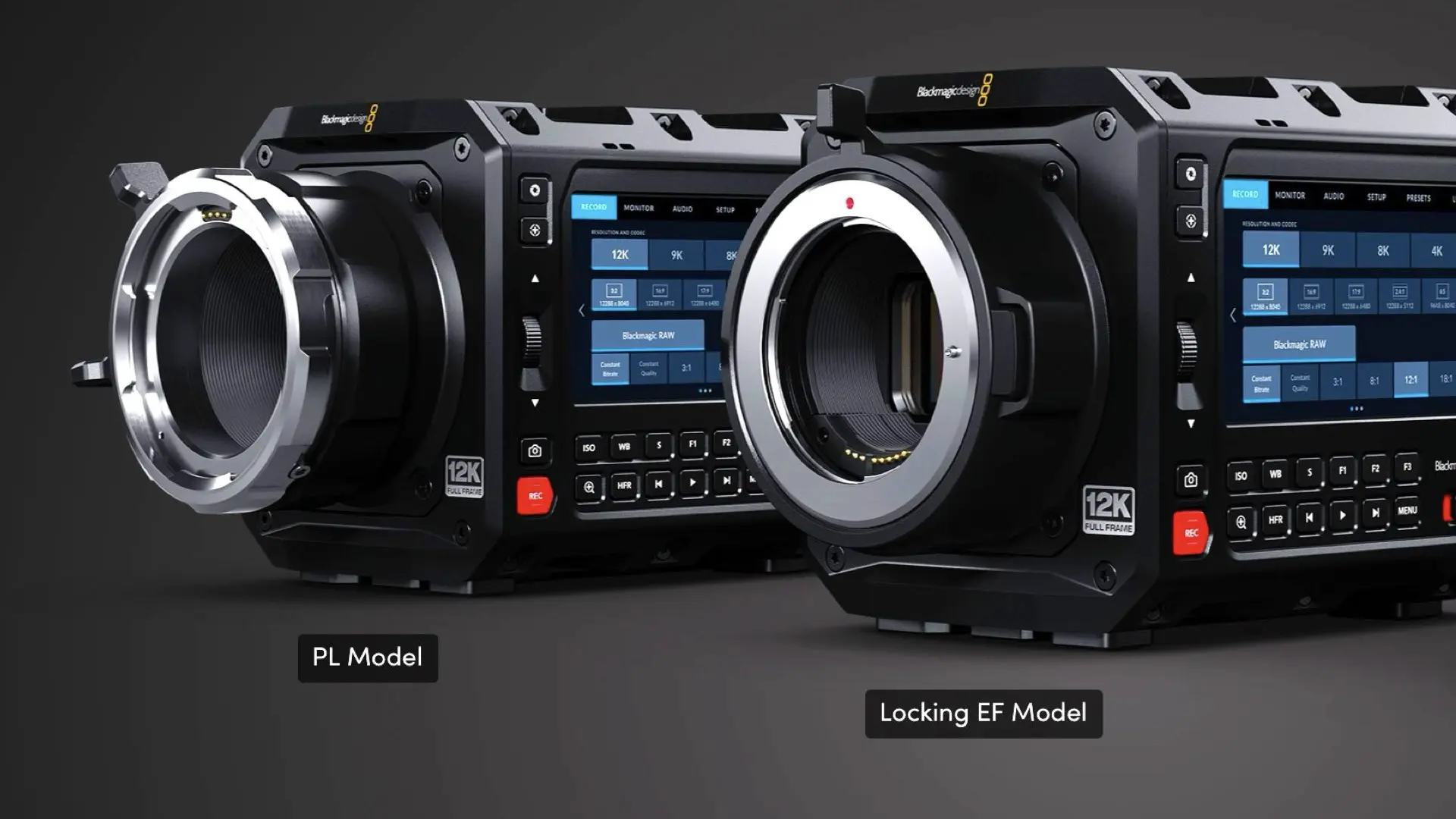
Storage & Connectivity: Built for Modern Workflows
Blackmagic clearly designed the PYXIS 12K with modern production pipelines in mind. Key features include:
-
Dual CFexpress Card Slots: Hot-swappable, fast media for internal 12K RAW recording.
-
10G Ethernet: Enables direct-to-storage workflows or high-speed file transfers over a network.
-
Blackmagic Cloud Sync: Perfect for teams working across continents via DaVinci Resolve’s cloud features.
-
12G-SDI, HDMI, USB-C, Timecode & Genlock: Full connectivity for both onset monitoring and multicam sync.
This level of connectivity in such a compact body is virtually unmatched in this price bracket.

The Blackmagic PYXIS features two built in CFexpress card recorders, and a USB-C expansion port for recording direct to external flash media disks or an SSD. CFexpress media are more durable and faster than even older media so are perfect for recording full resolution, 12-bit Blackmagic RAW files. Plus, with dual CFexpress slots, customers can keep recording because they can hot swap full cards without stopping.
Blackmagic Design
Why 12K Matters (Even If You’re Delivering in 4K)
It’s natural to ask: “Who needs 12K?” The answer lies in post-production flexibility:
-
Downsampling to 8K or 4K dramatically improves sharpness and color fidelity.
-
Reframing, stabilizing, and punching in without quality loss becomes easy.
-
Green screen and VFX work benefits from increased detail and cleaner edges.
-
Future-proofing assets becomes viable for long-term use or remasters.
While many content creators still master in 4K or even 1080p, the ability to capture pristine, oversampled images gives PYXIS users a creative and technical edge.
Who Is This Camera For?
At $4,995, the PYXIS 12K doesn’t just undercut its rivals—it challenges them. Here’s who should be looking at this camera:
-
Indie filmmakers who want ARRI- or RED-level image quality on a budget.
-
Commercial and music video directors who rely on VFX and stylized grading.
-
Documentarians and field DPs who need cinema-grade tools in lightweight packages.
-
Studios or streamers looking for a secondary camera that matches their A-cam’s image quality.
It’s also a logical B-cam to the URSA Cine 12K LF, sharing the same sensor and RAW format.
Blackmagic PYXIS 12K Features
- 36 x 24mm full frame RGBW 12K 12288 x 8040 sensor.
- Open gate 3:2, full height 6:5 anamorphic and 9K Super 35 for creating cinematic content.
- Multi scale RGBW sensor for capturing 12K, 8K or 4K at the full sensor size.
- Choice of models with L-Mount, PL or locking EF lens mounts.
- Records full resolution up to 40 fps or 112 fps at 8K.
- Built-in 4″ HDR 1500 nit LCD screen.
- Records Blackmagic RAW and H.264 proxies.
- Extremely fast dual CFexpress card recording.
- 10G Ethernet or mobile data for mobile remote streaming.
- Optional Blackmagic URSA Cine EVF.
- Optional Blackmagic PYXIS Monitor.
- Features 12G-SDI for monitoring with status overlay.
- Professional mini XLR input with 48 volt phantom power.
- Complete streaming solution for YouTube, Facebook, X and more.
- High capacity BP-U series batteries.
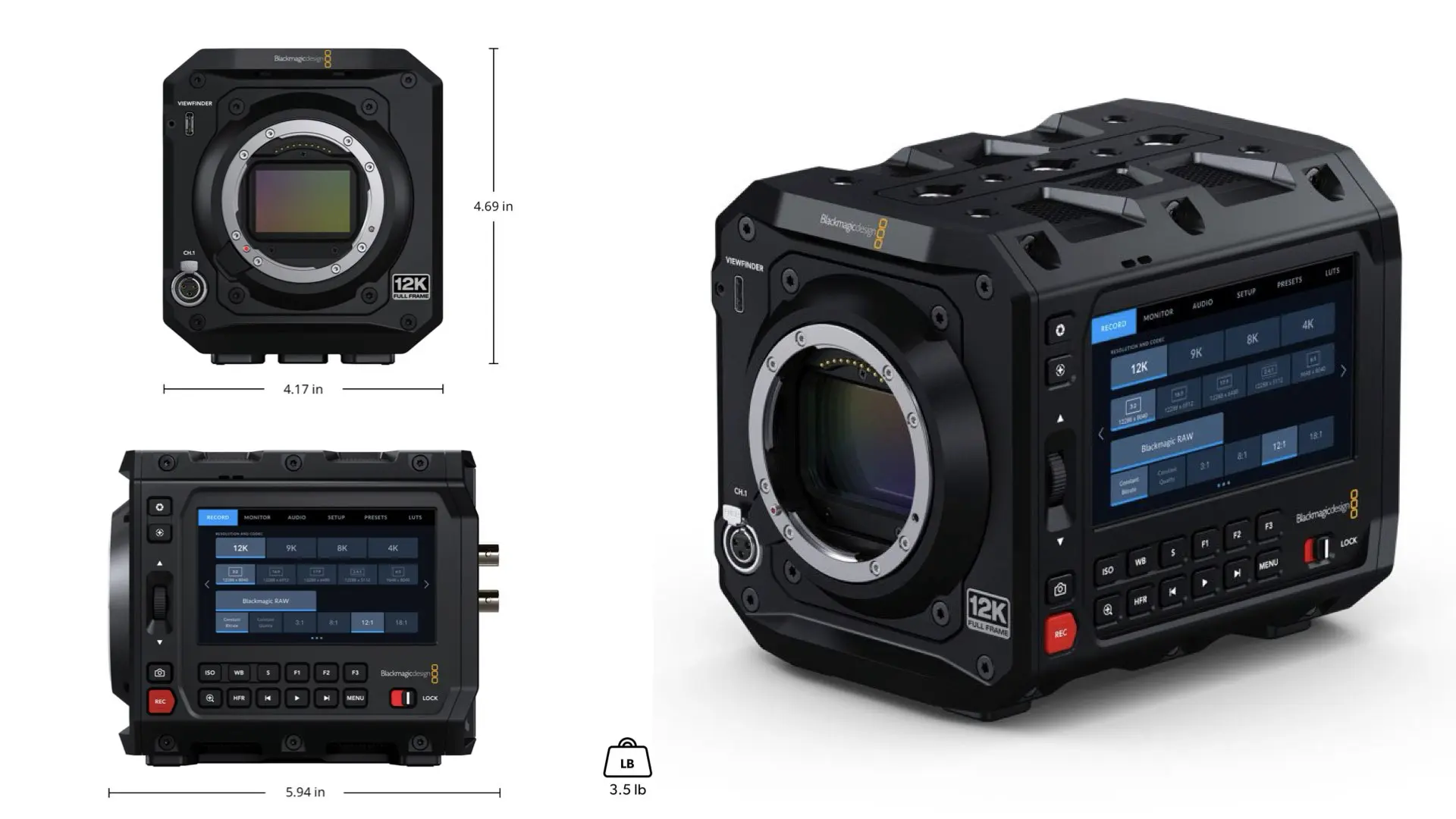
Conclusion: A New Benchmark for Value in Cinema Cameras
The Blackmagic PYXIS 12K is a clear statement from Blackmagic Design: you don’t need to spend $25K to shoot at the highest levels. With its compact design, unmatched resolution, and advanced connectivity, it represents a shift in what’s possible under $5,000. Whether you’re flying it on a drone, mounting it in a car, or using it as your main production camera, the PYXIS offers a balance of performance and flexibility that’s hard to beat. At a time when resolution arms races often feel like overkill, Blackmagic just gave professionals a compelling reason to go all-in on 12K—not just for the pixel count, but for everything it enables. Furthermore, following its launch, the Blackmagic PYXIS 12K has been met with strong interest and mostly positive reactions from professionals, who praise its compact, rugged design and impressive 12K image quality with 16 stops of dynamic range. Some testers even likened it to the ARRI ALEXA Mini in build, commending its low-light performance and shadow detail, especially in demanding scenes like live fire. However, some testers have raised concerns about its fixed side screen, lack of built-in ND filters, and limited audio inputs—features that may require additional accessories for full production use. Despite these pre-release critiques, the PYXIS is being seen as a groundbreaking offering at its $5,000 price point, especially for filmmakers seeking high-end resolution and dynamic range in a modular, rig-friendly form.

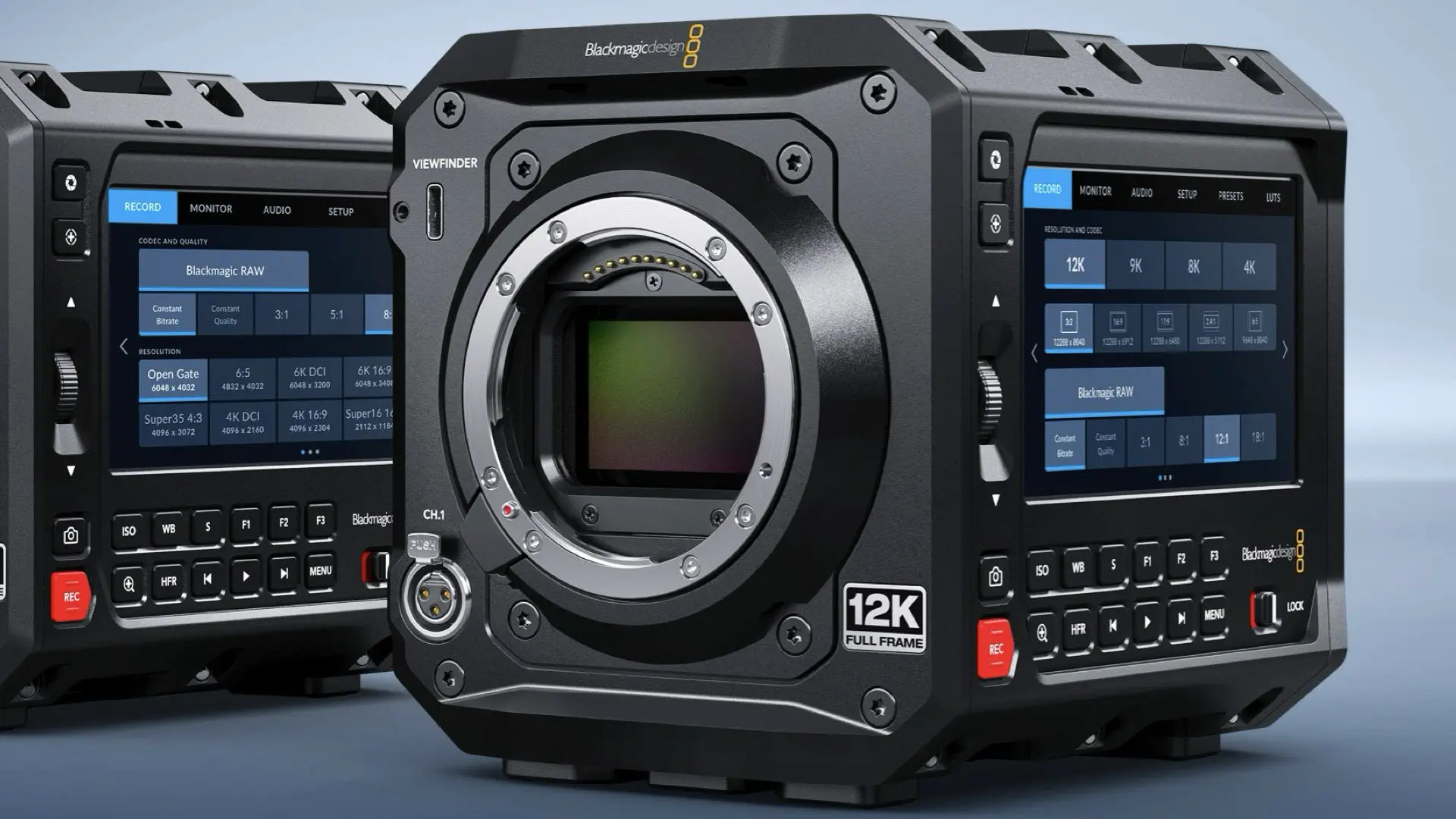
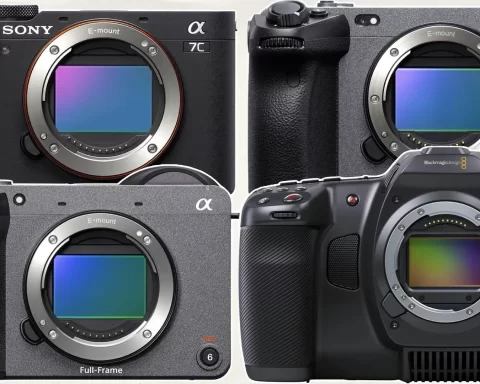
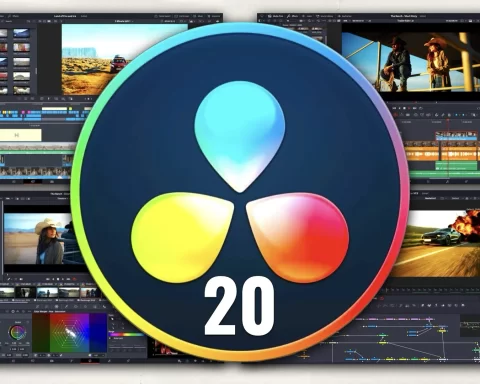
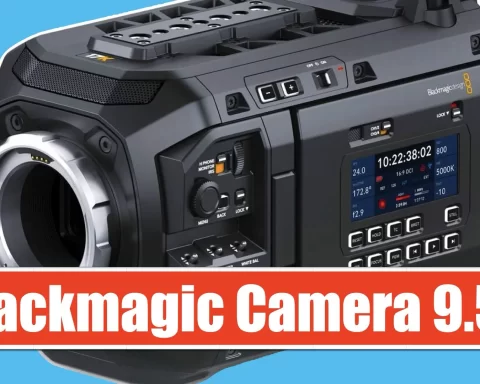
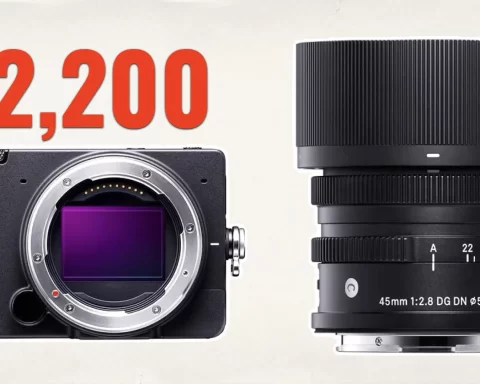
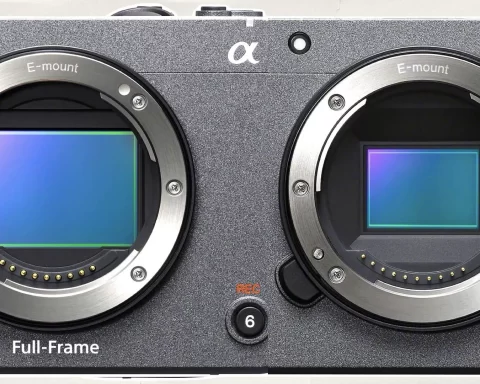
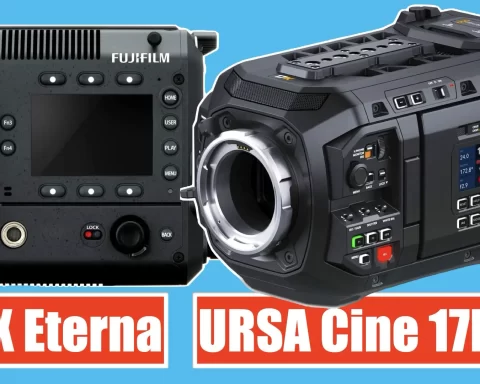
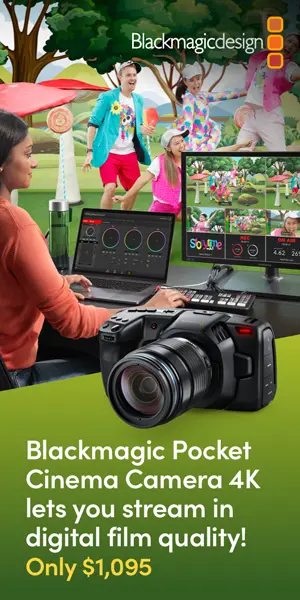
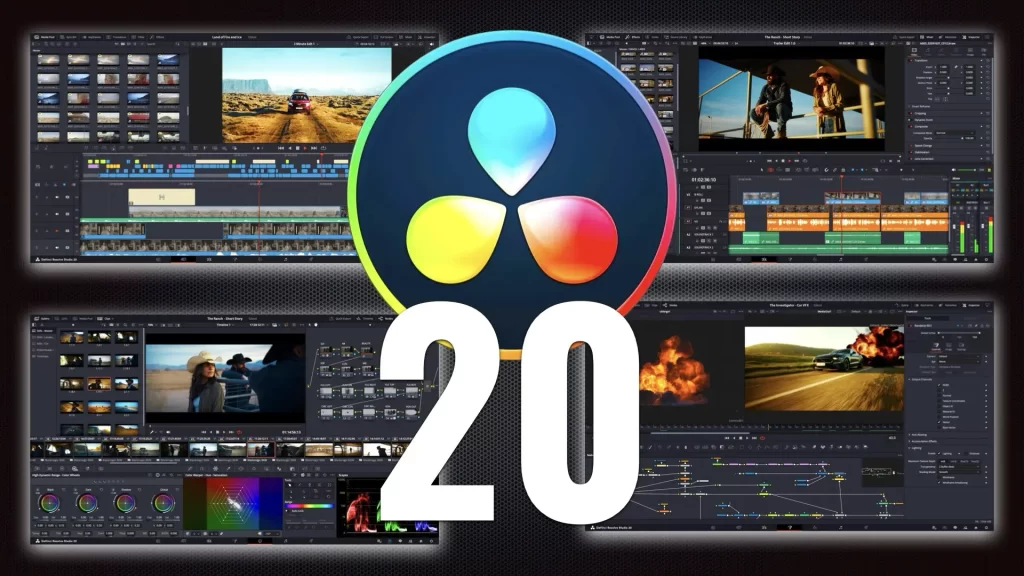

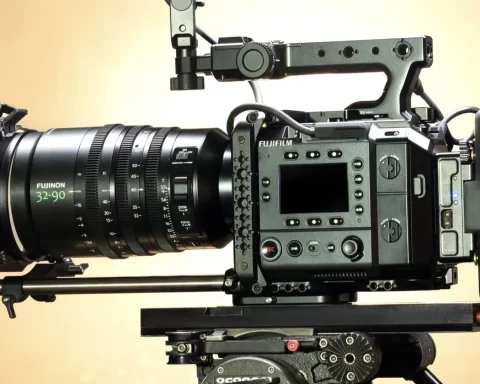
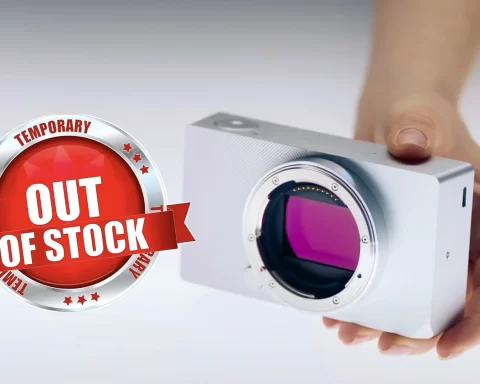
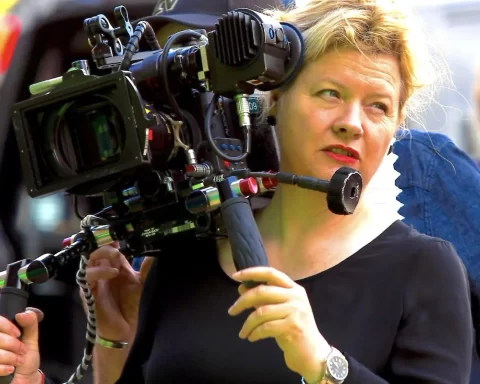
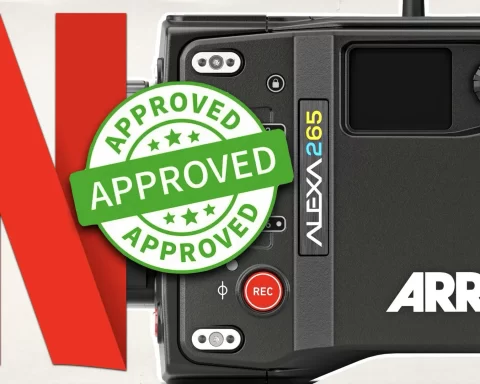
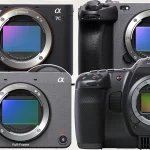

I may have to consider this, though I had been waiting for a pocket 8 or 16k with normal sensor (for years)! But, I do not find enough life in footage from the white sensors. I pointed out the problems from the beginning years back, and related to how many white pixels. Sure they have increased sensitivity and with pixel size boost, so that is a plus, but immediately after seeing recent footage I saw some stills from a Canon Powershoot, and immediately said, thats life, or some such thing! I think the next thing they need to do is get BRAW and Resolve to have modes to process and tease out more colour detail and depth out of the images. I am one of the reasons they have 12K plus, BRAW, raw recording on the original pocket (even cheap cameras in the industry), and improved Resolve rendering. There are many many more things are things I directly advocated for before they were developed. Now, let’s not fool ourselves, the competition to go for, is the low end performance of the Red and new Nikons. You have to nearly match, or the extra pixels do not matter as much!
The RGBW sensor definitely splits the crowd: some love the sensitivity boost, others still miss that ‘organic’ color depth from traditional RGB setups. We wonder if you’re right about BRAW and Resolve needing more color processing modes to squeeze extra depth out of the white pixels. Still, for the price and the full-frame 12K image, it feels like a serious tool — especially if future updates refine the image pipeline further.
What is the use of more pixels unless they look like better pixels?
People are pretty 0 or 1 dimensional, and often don’t get how you can design something to get over tbe, seemingly, impossible. But, you can. So, engineers do not always explore correctly solutions to everything. You basically have to tell some how its done. A normal person might argue you down in the face of an explanation. But, a good engineer will get it. Be good engineers. Tease out that t
colour depth and definition, and make it shine!